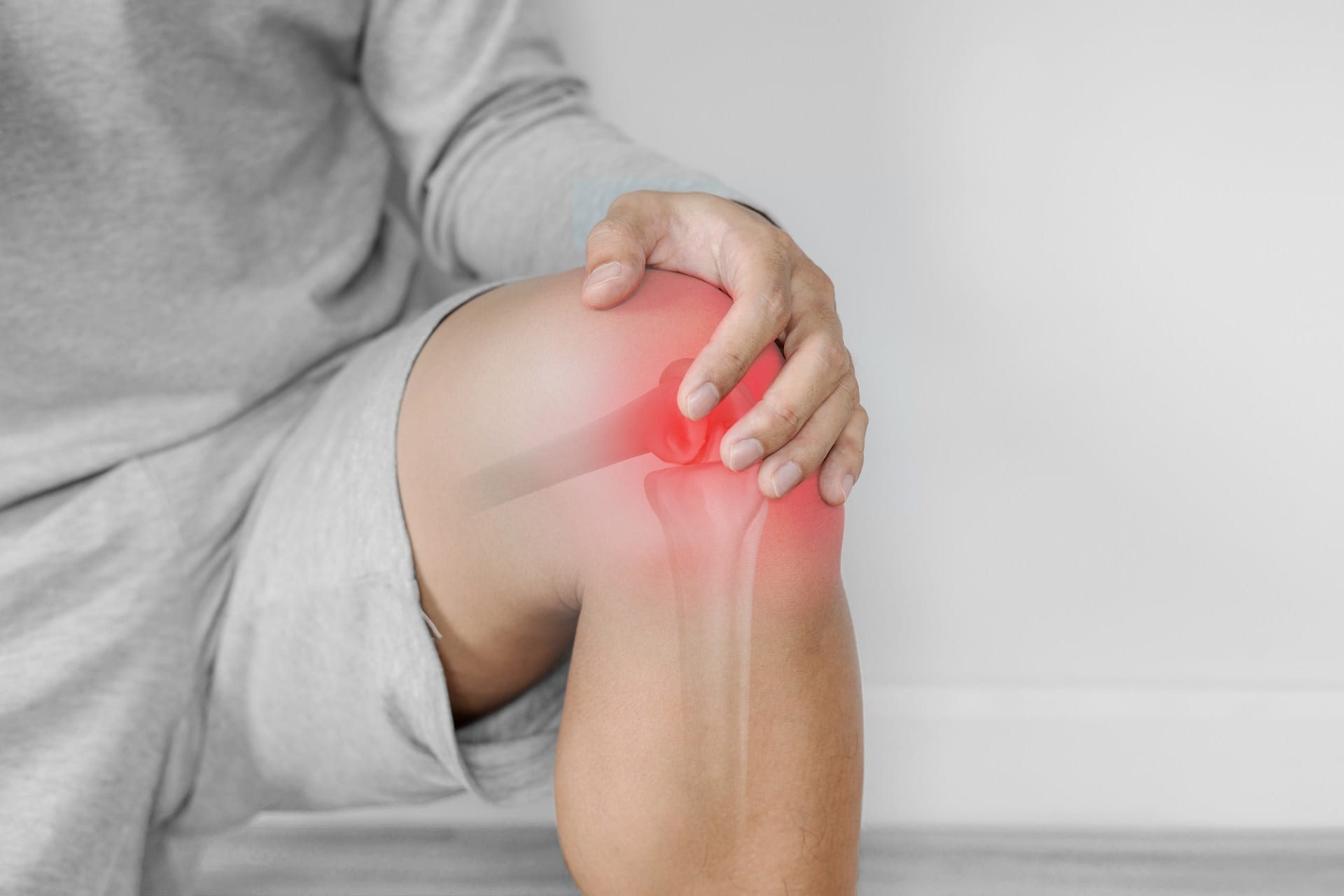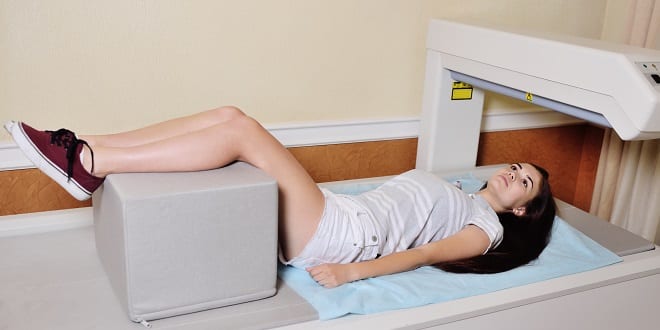Telephone: +30 210 890 0909
Email: info@medicus-center.com
The department is equipped with a high-tech General Electric Lunar DXP PRO Bone Densitometer that provides reliable test results.
Lumbar spine bone density measurement
Hip bone density measurement
Whole body bone density measurement
Whole body fat determination

OSTOPOROSIS – BONE DENSITOMETRY
Osteoporosis is a chronic metabolic bone disease, marked by a progressive decrease in bone density and quality.
Osteoporosis causes bones to gradually become thinner and brittle, increasing the risk of bone fractures.
The main causes of osteoporosis are menopause, aging, endocrine – blood diseases, corticoid use and prolonged immobilization.


The following risk factors are associated with osteoporosis:
Reduced calcium intake
Limited movement
Increased protein, coffee, alcohol consumption
Smoking
Gender (most common in women)
Race (most common in caucasian people)
In Greece, 19% of women and 11% of men over 60 suffer from osteoporosis.
Osteoporosis can be diagnosed via X-ray devices using the dual-energy X-ray absorptiometry (DEXA) method.
Patients are exposed to particularly low radiation doses.


Measurements are performed mainly on the spine and hip.
The severity of osteoporosis is assessed by a statistical benchmark against young people of the same nationality and gender, called T-SCORE.
A bone density measurement is considered normal when the T-SCORE is -1 or greater than -1.
When the T-SCORE ranges from -1 to -2.5, then the diagnosis is osteopenia.
T-SCORE values that are less than -2.5 indicate osteoporosis.
Osteopenia and osteoporosis are 2 stages of the same disease.
Over the last 20 years there has been significant progress in the treatment of osteoporosis, with the use of many medicines, which should be combined with physical activity.




